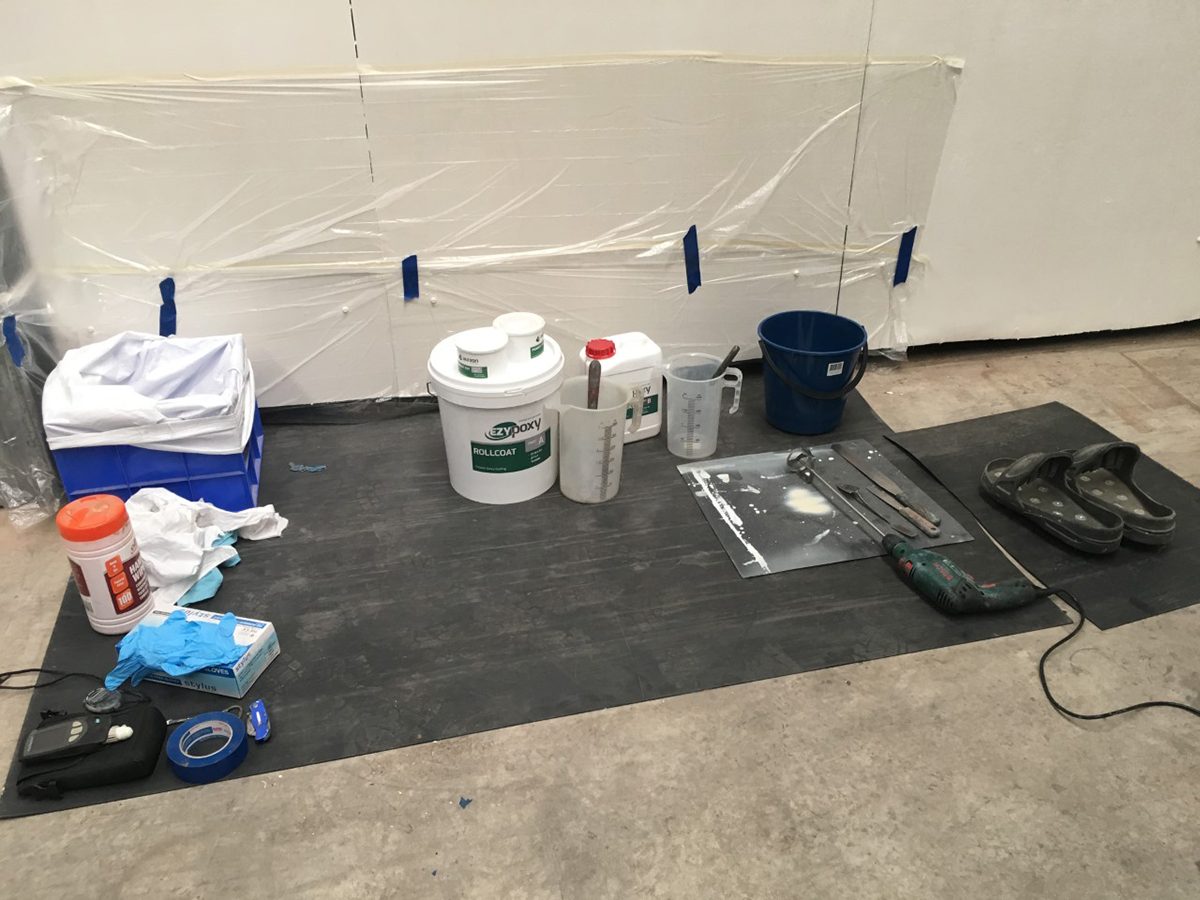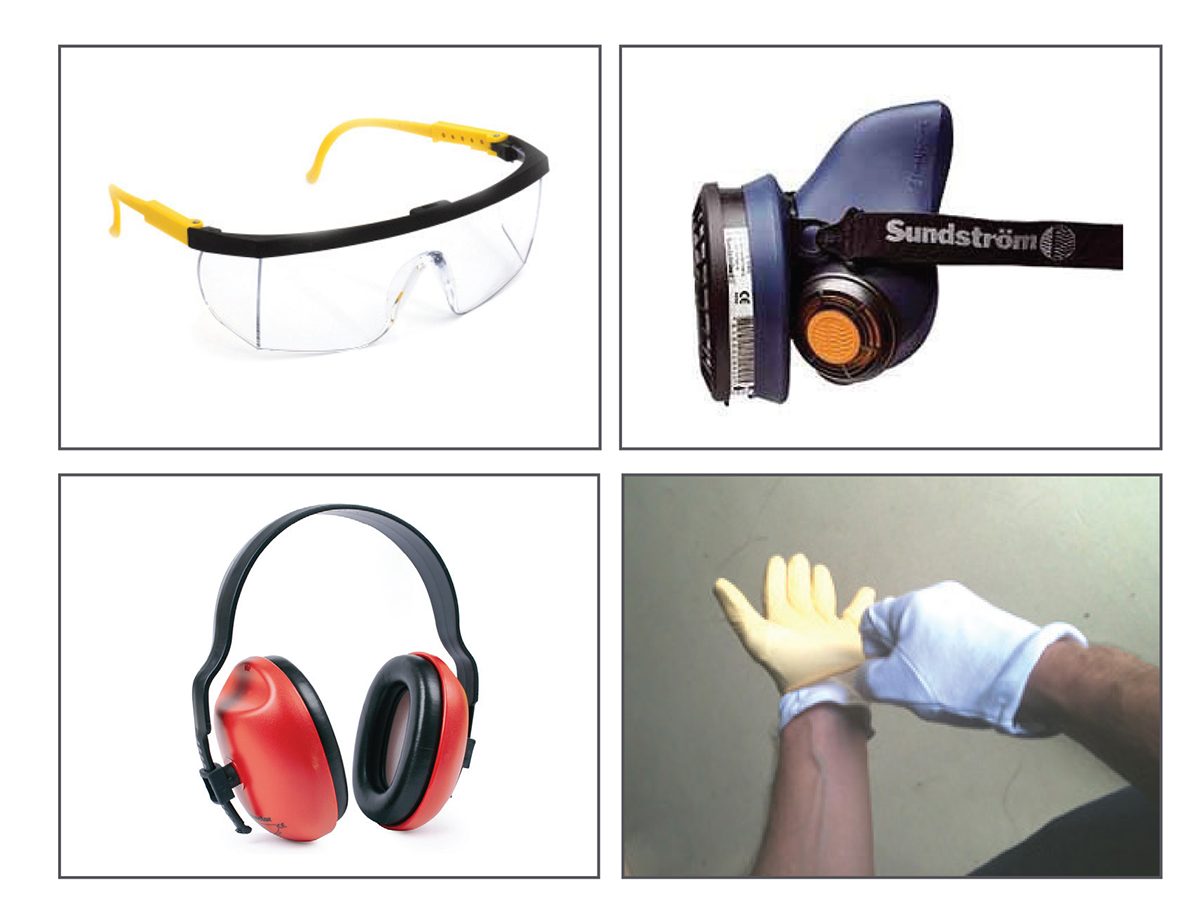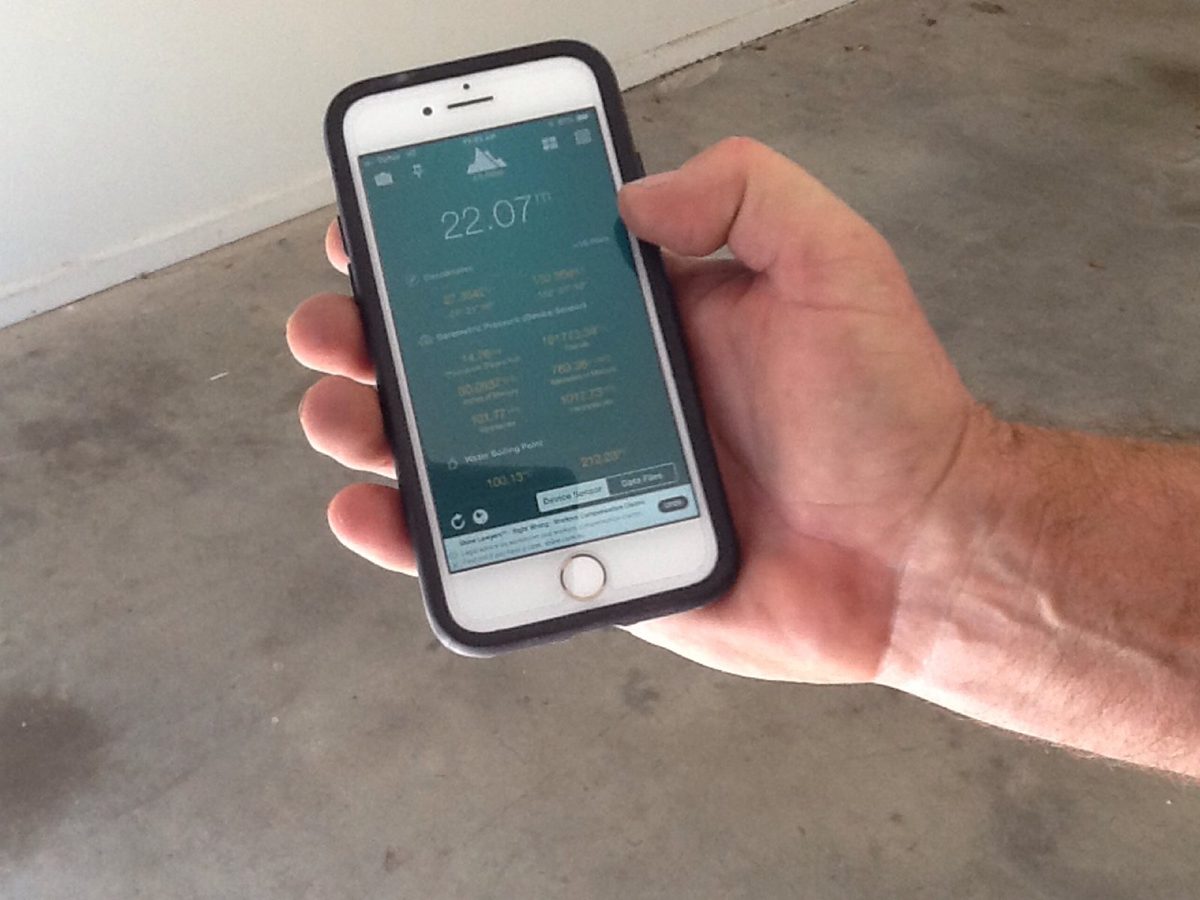When it comes to effectively talking about mixing epoxy flooring, most people will jump straight into issues like the right mix blade and
proper mixing techniques. While they are undoubtedly very important, there are a few other tasks that need to be taken care of
before you start opening buckets of epoxy flooring product.
Below is a brief look at three that not only help you mix epoxy flooring effectively, but also help the project run safely and smoothly, as well as get better results with the epoxy flooring you put down.
Setting up the epoxy flooring mix area
One of the first tasks to take care of during installation of any epoxy flooring is to establish a mix area.
An effective epoxy flooring mixing area should:
- Be in location that’s approved by the client prior to setting up.
- Be as close as possible to the application area (especially handy when walking around in spiked shoes).
- Be big enough so there’s room to move and work cleanly, with clear travel paths and no trip hazards.
- Have easy access to power.
- Be cordoned off if possible.
- Be in a cool place (away from direct sunlight).
-
Use drop sheets and/or corflute to protect all horizontal surfaces from splashes/spills/drips. Have plastic sheeting taped onto walls and
other vertical surfaces to protect from spatter and splashes.
- Only store epoxy flooring materials for the next coat to avoid crowding and confusion.
- Have lint-free cotton rags and solvent for clean up.
- Contain a separate clean area (no liquids) to store and use sensitive instruments, project paperwork etc.
- Contain a waste bin for discarded items.
-
Use a low-speed fan or other draught-creating measures to extract fumes from the work site when using solvent-borne or high-odour epoxy
flooring products.
Once the mix area has been established, the following tasks should also be carried out to complete set up:
-
Check all required epoxy flooring tools are clean and ready for use. This includes suitable personal protective equipment (PPE) – see
section below.
- Position tools so they can be accessed easily and used without interference within the mixing area.
-
Remove lumps of hardened debris attached to mix blades, spiked shoes, roller cages and other tools that can fall into the film and cause
visual defects.
-
Check epoxy flooring materials for correct quantities, undamaged packaging and no obvious discrepancies in colour, viscosity or quality.
Note: Do not use epoxy flooring products that have clear differences in packaging, volume (kit or component volume),
appearance (e.g. settling, skinning or contaminants), clarity, colour or viscosity. If differences are detected, always consult with
your epoxy flooring supplier before proceeding.
Personal protective equipment for epoxy flooring
If you want to enjoy a long career in the epoxy flooring industry, free from injury and health concerns, you simply have to protect yourself
and work clean.
Correct use of the following personal protective equipment (PPE) is a must for epoxy flooring installation:
-
Clothing - Suitable work wear, including full-length industrial clothing and steel-capped boots. Avoid using work clothes as a rag to wipe
dirty fingers as it always tends to end up on your skin somehow. Carry a dedicated rag in your pocket instead if you find yourself in this
habit.
-
Safety glasses - With side shields, goggles or full-face shield as appropriate.
-
Disposable gloves - Latex or nitrile gloves. Use a pair of cotton “inners” underneath the disposable gloves to improve
comfort and make them much easier to put on/take off. If you’re not a fan of constantly replacing disposable gloves and would prefer
something a little more specialised, looking into Ninja gloves or similar alternatives.
-
Mask - Always wear a dust mask when generating dust or using stir-in fillers/powders. No dust is good for you, especially silica dust (from grinding concrete), which has been linked to severe respiratory diseases such as silicosis. If working with solvent-borne epoxy flooring products, then an air purifying respirator with a replaceable organic vapour filter is recommended.
-
Ear muffs - When operating mechanical grinding equipment during surface preparation.
-
Knee pads - As an epoxy flooring installer, you will find yourself on your knees a lot. A good set of knee pads will save
you from a great deal of punishment over time and maybe even permanent damage.
Checking conditions before using epoxy flooring
Before any epoxy flooring products are mixed, it’s extremely important that conditions are checked first to make sure they’re suitable. Using products in conditions outside of their recommended range can result in a wide range of defects that will cost you time and money to fix.
The recommendations below should be followed closely:
-
Full copies of technical data sheets for the epoxy flooring products should always be obtained from the supplier and read fully before
proceeding with mixing and application.
-
Use appropriate instruments and gauges to check temperature, humidity and dew point are within specified limits on product data sheets.
-
Besides dew point considerations, it’s important to check the surface temperature of substrate you’re about to coat for a number of other
reasons. There are two scenarios in particular to watch out for here:
-
A cold concrete slab during the middle of winter will slow down the curing/hardening of epoxy flooring, which means more time may be
required before you can get back onto the film for topcoat application.
-
Even in mild conditions, a warm substrate and/or exposure to direct sunlight during application can significantly increase the risk of
bubbles and other defects forming in the film.
-
Consult the epoxy flooring manufacturer or supplier if conditions are outside specified limits. Delaying application until suitable
conditions are reached, or adjusting film thicknesses, number of coats etc. may be required.
-
Record start time, temperature, humidity, dew point and surface temperature, as well as product batchcodes and any other observations into a
daily record sheet.




